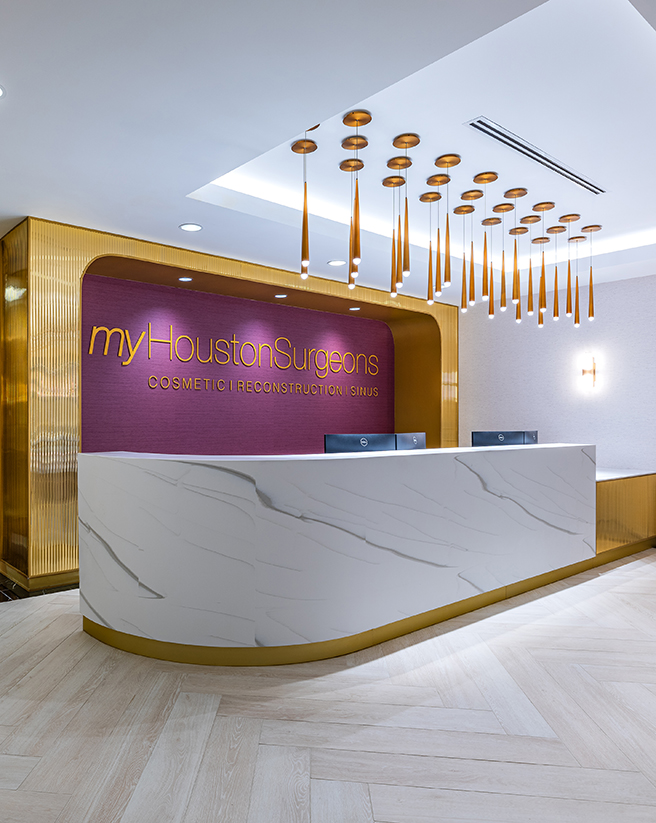What To Expect During Your Breast Reduction Surgery
Breast Reduction is a procedure in which our surgeons remove excess fat, tissue, and skin from breasts. A Breast Reduction is performed under IV sedation or general anesthesia. Our surgeons then make an incision to remove tissue and fat. Sometimes we will use liposuction to additionally remove excess fat.
There are three types of incisions commonly used during Breast Reduction surgery:
Periareolar Incision: The first option is for us to use a circular pattern around the areola called a periareolar incision3 or “Donut Lift.” Using the Donut Lift, our surgeons can reduce the volume of the breast, then reduce the size of the areola and reposition it higher on the breast. Incision lines with this type of reduction are permanent but can be easily concealed with a swimsuit or bra.
Keyhole Incision: For women with moderate to severe excess tissue and sagging, our surgeons may recommend an approach using the keyhole incision, or “Lollipop Lift,” whereas the incision circles the areola and runs vertically down the midline of the breast towards the breast crease.4
Anchor Incision: Other times we may recommend an inverted T or an anchor-shaped incision known as the “Anchor Lift.” This surgical method is indicated for the most severe cases of excess tissue and sagging. While similar to the lollipop incision, this technique also includes an incision along the breast crease in addition to the circular incision at the nipple and the vertical incision extending downward from the nipple to breast crease.
The technique used during your Breast Reduction procedure depends on the extent of breast tissue that needs to be removed, the extent of sagging, and the placement and size of the nipple. Your MHS surgeon will determine the surgical approach indicated based on your cosmetic goals and anatomy.
During surgery, once the incision is made, the nipple (which we keep intact with its original blood and nerve supply) is repositioned higher on the breast. If needed, our surgeons will excise the skin at the perimeter of the areola. Then, they will reduce the underlying breast tissue, lifting and shaping it to an aesthetically pleasing result. The incisions are then closed, using layered sutures deep within the tissue to support the new breasts and their higher position on the chest wall. Incision lines are permanent but will fade over time.









